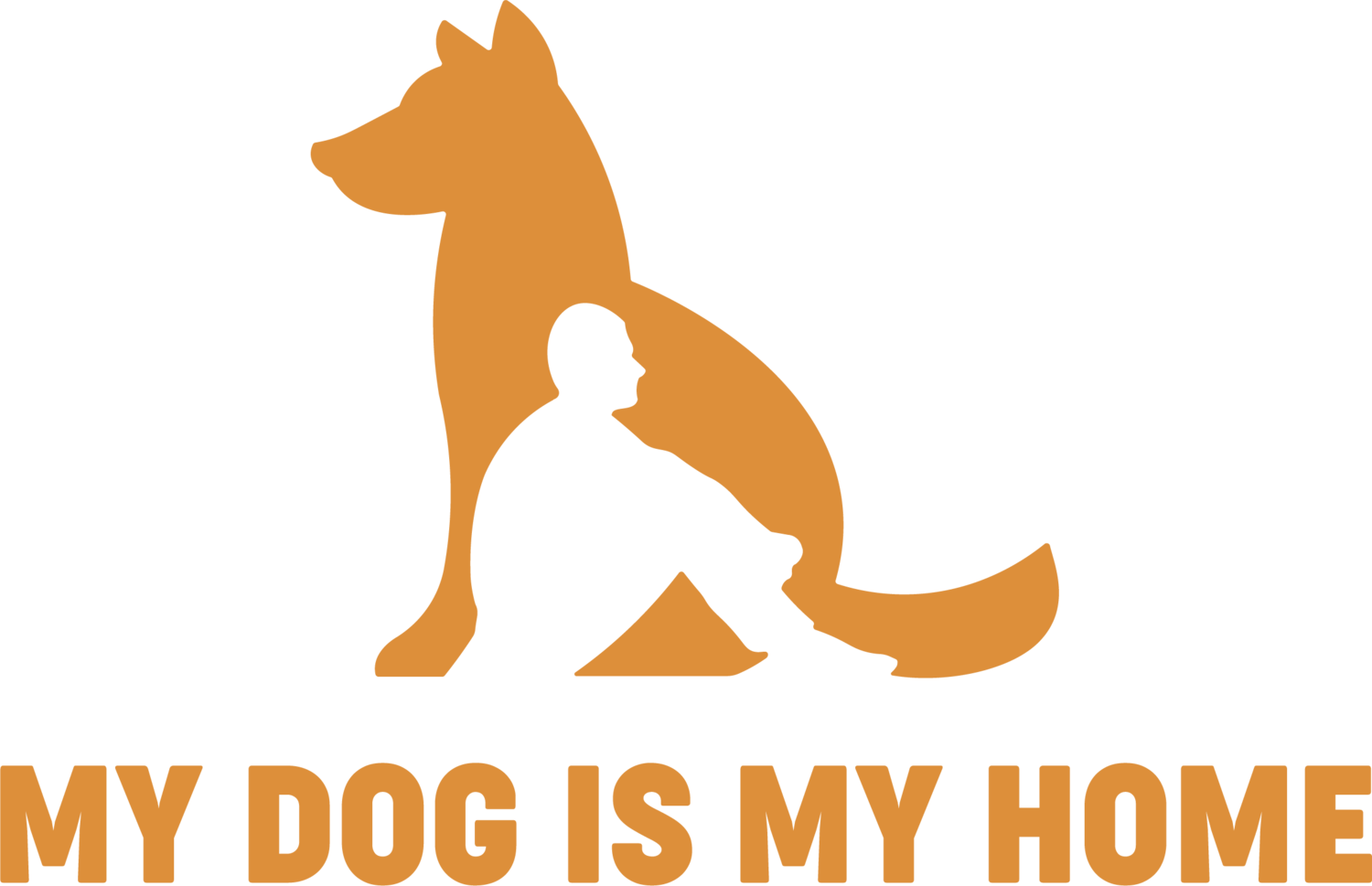Libraries Can Reach Homeless Patrons by Including Their Dogs
Photo by Alastair Gee for The Guardian.
By Corina Bardoff, MSLIS & Christine Kim, MSW
In an attempt to survive the oppressive summer heat, a homeless couple and their dog cower in the diminishing shade of their shopping cart. Just across the street, treasures including books, computers, internet, and above all else on this hot day, air conditioning loom in the public library - a seemingly easy escape from the elements. However, despite the institution’s general mission to freely provide the public with access to information, a growing discussion within the library sciences is uncovering that entry is actually more of a privilege, and one not enjoyed by everyone. Homeless individuals are often seen as nuisances and are unwanted for their smells, luggage, lack of “appropriate” library etiquette, or in some cases, for their pets.
In a recent study exploring the experiences of people who are homeless with animals in Bloomington, IN, library access made a strong and surprising appearance on the list of needs and hardships identified by participants. Other more expected gaps in services created by the “no pets allowed” rule were shelter, permanent housing, and soup kitchens. Participants of the study were particularly apt to mention libraries as a place they wished they could utilize in extreme weather or if the only perceived shelter resource was an overnight shelter in which residents were expected to leave during the day. Next to an actual home, the library seemed to be the most desirable indoor location for human-animal families experiencing homelessness during daylight hours.
However, just about all libraries do not allow pets. Moreover, patrons experiencing homelessness often do not have a safe place to leave their animals while they use the libraries. How can libraries open their doors to homeless human-animal families so they can meet their information needs? This article is a call for imaginative solutions.
There is already one example of libraries welcoming animals into their facilities: many public libraries host programs in which children who are reluctant readers can read to dogs. These well-received therapeutic programs are operated without much worry or criticism that the dogs will trigger allergies or frighten other patrons. Perhaps this could serve as a model for accepting other animals in the library. Therapy dog reading programs usually take place in a limited area to accommodate other patrons who may be allergic or react negatively towards dogs. Likewise, a library allowing other animals on the premises with their humans could designate certain animal-friendly and animal-free zones.
Although requiring that all animals be certified therapy animals to be given entry may be too high a hurdle for homeless patrons, there may be similar behavioral tests their animals can pass, such as the American Kennel Club’s Canine Good Citizen test. A library that wants to make itself more accessible to homeless pet owners could administer the test during targeted outreach events, such as the service fair for companion animals of the homeless in Bloomington, IN where the study was conducted.
Libraries can even partner with innovative companies like Dog Parker in Brooklyn, which offers climate-controlled dog houses where subscribers to the service can leave their dog for a limited time. At a library, the service could be connected to a patron’s library card. Brooklyn Public Library already holds a similar partnerships with ZipCar, allowing the company to park their cars in branch parking lots in exchange for discounts to library cardholders and monetary support to branch programs. Using something like Dog Parker as a creative tool to address unequal library access for homeless patrons with animals would also benefit patrons with dogs who are not experiencing homelessness, serving the entire community.
Libraries are the new frontier of homeless services in general. Along with the growing trend of libraries hiring social workers and other outreach workers, public libraries across the country demonstrate great creativity in the programs they offer to welcome, include, and assist patrons experiencing homelessness. Some host casual coffee conversations where patrons can connect with one another and staff, as well as receive referrals to social support services. The Salt Lake City Public Library hosted a resource fair called Project Uplift that connected patrons experiencing or at-risk of homelessness with information and resources, plus free meals. The Dallas Public Library offers one-on-one assistance with referrals, resume and career help, and more at their “Homeless Engagement and Leadership Program desk,” or “HELP Desk.” Library staff and social workers should also consider creating relationships with animal welfare organizations, giving them yet another tool to engage homeless library patrons.
Now that this previously invisible problem of unequal access to the library among homeless pet owners has come to light, there is an opportunity for libraries to think creatively about solutions that fit their entire community’s needs. Of course, the onus to be inclusive is not solely on the library--the whole homeless service system needs to make accommodations for people with animals. If shelters, housing programs, and other social services that help prevent and end homelessness make arrangements for animals, these human-animal families may not have to yearn for the safety of a library. Moreover, whole systems--federal to local to the individual-- must make a shift in the way we address homelessness altogether. Until there is a serious commitment to end and prevent homelessness, with a definition of homelessness that includes people with animals, outposts like the library will continue to feel the effects of the faltering welfare system.

